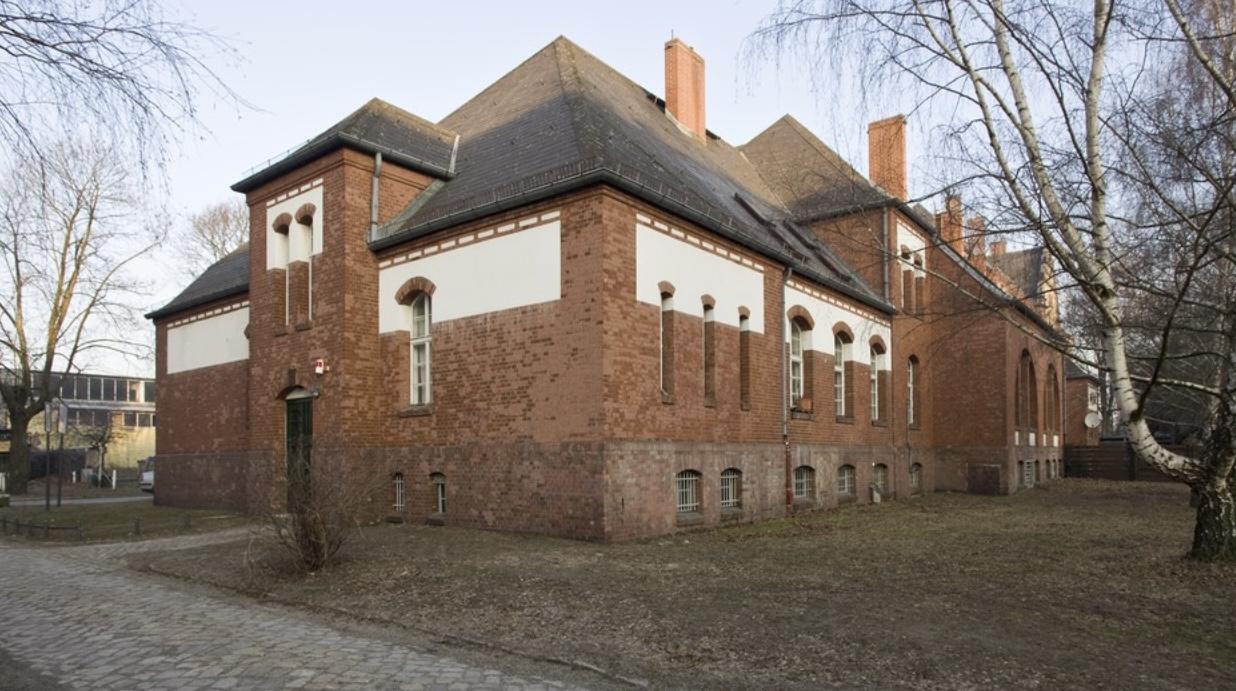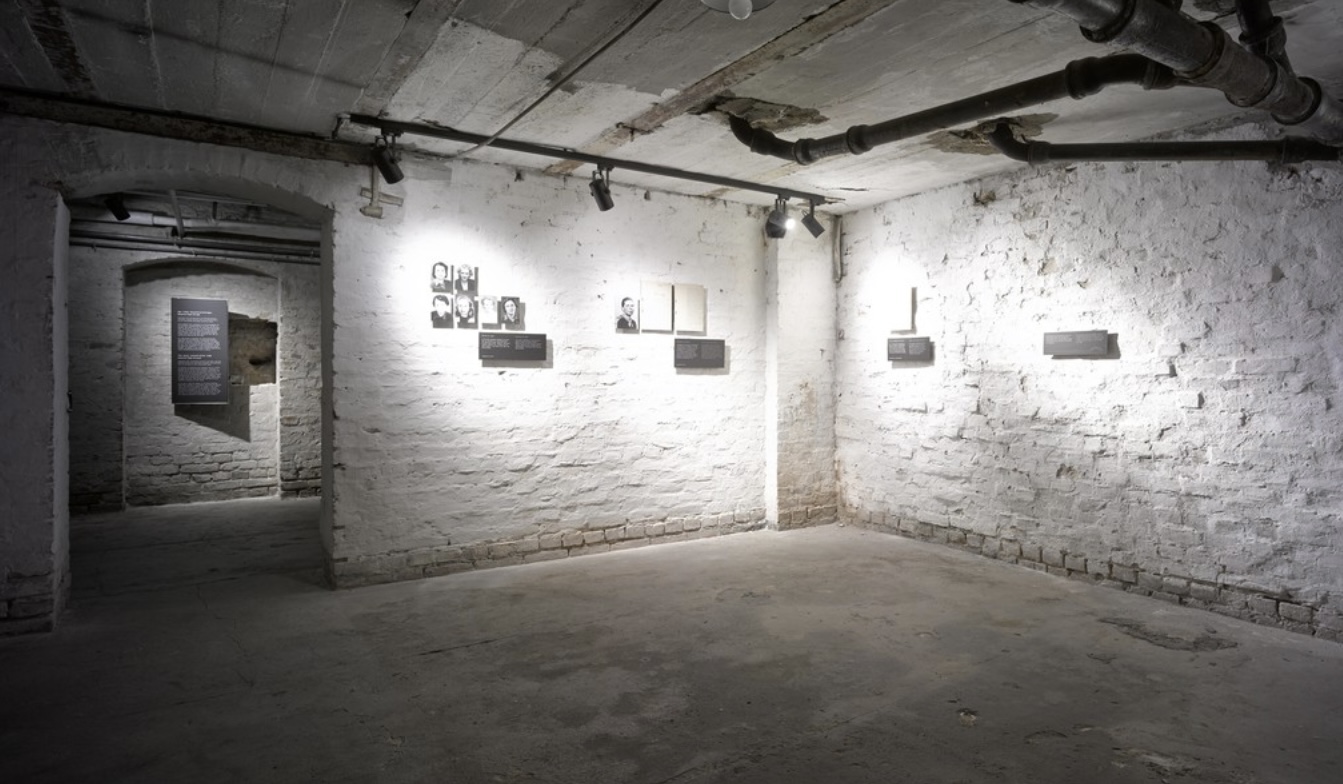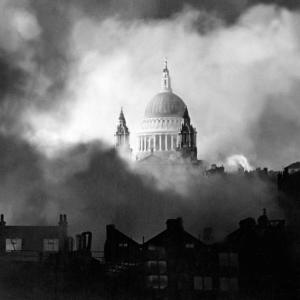
Insight into one of Germanys interrogation and Torture centres
The SA Prison at General-Pape-Straße: A Forgotten Site of Early Nazi Terror
In the immediate aftermath of the Reichstag elections on 5 March 1933, the Nazi regime began a coordinated and violent crackdown on its perceived enemies. The Sturmabteilung (SA), also known as the Brownshirts, played a central role in this campaign of terror. Acting with broad authority and minimal oversight, the SA targeted political opponents and members of marginalized groups, using intimidation, unlawful detention, and torture to silence dissent and consolidate Nazi control.
Nowhere was this brutality more evident than in Berlin, where the SA established over 220 unofficial detention and torture sites in the months following the election. Among these early camps was a particularly notorious facility located on General-Pape-Straße in the Schöneberg district. This site, originally constructed in 1900 as a service building for the Prussian railway regiments, was repurposed by the SA into a prison and torture center. It remained in operation from March until December of 1933.
The SA prison on General-Pape-Straße became one of the first places in Nazi Germany where systematic political persecution was carried out with institutional efficiency. It functioned as a prototype for the larger concentration camp system that would soon follow. The prisoners held here were not common criminals, but primarily individuals targeted for their political beliefs or ethnic backgrounds. Among them were members of the Social Democratic Party (SPD), the Communist Party (KPD), trade unionists, and many Jewish professionals, including doctors, lawyers, and civil servants.
Conditions inside the prison were brutal. Prisoners were subjected to inhumane treatment, including beatings, forced confessions, mock executions, and psychological torment. Many were detained without formal charges or legal recourse. Some were eventually released; others were transferred to emerging concentration camps such as Oranienburg and Dachau. Tragically, at least 30 detainees are known to have died as a direct result of torture and mistreatment during their imprisonment at General-Pape-Straße.
Despite its grim legacy, the site remained largely forgotten for decades after the war. It was not until 1992 that the historical research group Geschichtswerkstatt Papestraße succeeded in identifying and confirming the location of the former SA prison. Their meticulous archival and field research brought renewed attention to this early site of Nazi repression. Remarkably, the original basement cells where prisoners were held have survived largely intact. The walls still bear inscriptions—names, dates, and messages carved by detainees—offering haunting testimony to the suffering that took place there.
In 2013, a permanent exhibition was established at the site to document the history of the prison and honor its victims. The exhibition presents archival documents, photographs, and personal accounts that shed light on the lives of those who were imprisoned and the broader mechanisms of state violence employed during the early months of the Third Reich. To date, historians have identified nearly 500 individuals who were incarcerated at General-Pape-Straße in 1933, though the actual number of detainees may have been significantly higher.
Today, the SA prison at General-Pape-Straße stands not only as a memorial to its victims but also as a vital historical reminder of how quickly democratic institutions can be dismantled when fear and authoritarianism take hold. It underscores the importance of preserving memory, confronting the past, and remaining vigilant in the face of injustice.










